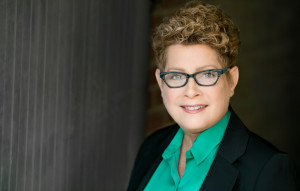
![]() Today we are featuring one of First Book’s celebrity blog series. Each month First Book connects with influential voices who share a belief in the power of literacy, and who have worked with First Book to curate a unique collection that inspires a love of reading and learning. All recommended books are available at deeply discounted prices on the First Book Marketplace to educators and programs serving children in need. Peggy McLeod, Ed. D. the Deputy Vice President of Education and Workforce Development at the National Council of La Raza (NCLR), writes on engaging Latino families and children in reading and learning.
Today we are featuring one of First Book’s celebrity blog series. Each month First Book connects with influential voices who share a belief in the power of literacy, and who have worked with First Book to curate a unique collection that inspires a love of reading and learning. All recommended books are available at deeply discounted prices on the First Book Marketplace to educators and programs serving children in need. Peggy McLeod, Ed. D. the Deputy Vice President of Education and Workforce Development at the National Council of La Raza (NCLR), writes on engaging Latino families and children in reading and learning.
Any student who has parents that understand the journey from preschool to college is better equipped to navigate the road to long-term student success. While parent engagement is critical to increasing educational attainment for all children, engaging Latino parents in their children’s schooling has typically been challenging – often for linguistic and cultural reasons.




